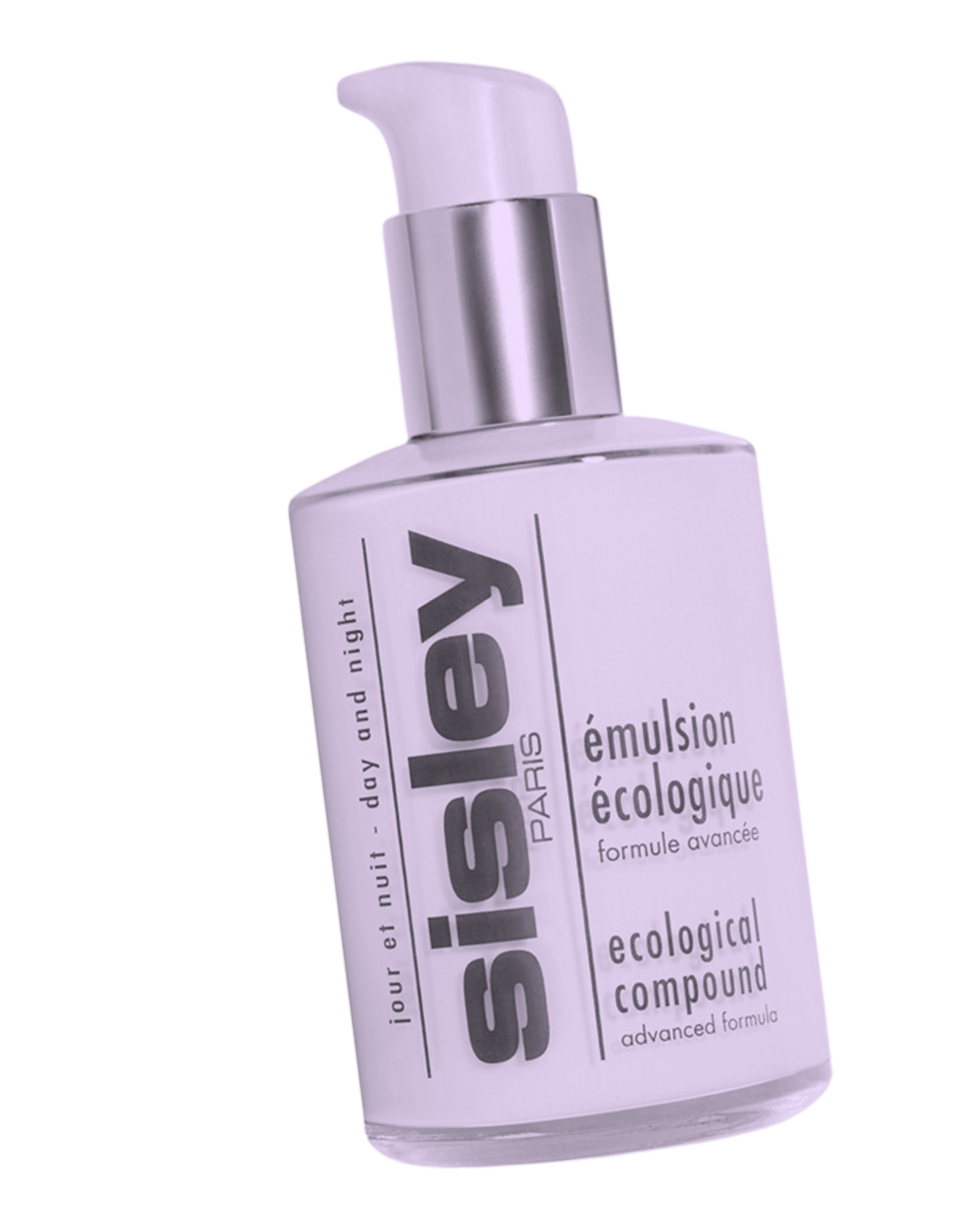REAL TALK ♲ EPA's new soot regulations & how Republicans are playing dirty
A February win for climate justice? The U.S. Environmental Protection Agency just strengthened its regulations on soot.
As of February 2024, the ink is dry on the EPA’s new air quality standards.
The EPA is cracking down on soot. The acceptable annual standard for fine particulate matter or PM is now 9 micrograms per cubic meter; previously it was 12 micrograms per cubic meter.
“The science is crystal clear. Soot, otherwise known as fine particle pollution, is a killer,” Earthjustice President Abigail Dillen said on Feb. 7, underscoring PM’s contributions to heart disease and what Dillen called the “asthma epidemic.”
“The people who suffer most are children and older Americans who live in communities of color and low-income communities,” Dillen added. “This federal standard will ensure that states respond to the ongoing public health and environmental justice crisis, saving thousands of lives and avoiding 800,000 asthma symptom cases every year.”
“This new standard of 9 micrograms per cubic meter will save lives based on scientific evidence. That is the bottom line,” National Medical Association President Dr. Doris Browne said in a statement.
This is the result of a 2021 reconsideration period of 2012 standards.
In June 2021, EPA announced it would reconsider the December 2020 decision to retain the 2012 standards because the available scientific evidence and technical information indicated that the standards may not be adequate to protect public health and welfare. EPA considered the available science and technical information, as well as the recommendations of the independent advisors comprising the Clean Air Scientific Advisory Committee and CASAC PM expert panel when making the decision on whether to strengthen the PM standards.
The final rule considered the input of 700,000 written comments, the EPA said.
Air quality will continue to be a pervasive issue as climate change worsens.
Something really dystopian that I can’t get out of my head is that hot-girl French cosmetics brand Sisley Paris has an “Ecological Compound advanced formula” serum.
Rosemary, ginseng, hops, burdock and other herbs rebalance your skin and taps into its “natural defense mechanisms,” and making your face “better equipped to defend itself against the harmful effects of the environment (pollution, smoke, free radicals, etc.”
Humans are engineering skincare to deal with the reality of air pollution. Let that sink in.
But beyond your face’s microbiome, air pollution is killing our kids.
In April 2023, the EPA published “Climate Change and Children’s Health and Well Being in the United States” wherein the agency calls out air quality as a veritable threat to children’s health.
“Climate-driven changes to [particulate matter], ozone, dust, and wildfire smoke may increase emergency department visits, new asthma cases, general respiratory illnesses, and preterm birth and low birth weight,” researchers said.
The Journal of Allergy and Clinical Immunology also co-signed that soot, among other types of particulate matter, has a direct impact on children's health. The Boston pediatric cohort, which is the subject of the 2018 report, saw lower lung function likely as a result of living near major roads.
(Additionally, the EPA noted that shifts in seasonality and aeroallergens, the physical and psychological harms of flooding, extreme heat and infectious diseases pose increased risks to the youth’s future.)
Besides cars on roads, where else does soot come from?
Chemical reactions with pollutants such as sulfur dioxide and nitrogen oxides, such as those from power plants
Combustion sources
Construction sites
“Industrial processes”
Older diesel engines
These are all sources that the EPA stated it’s looking to remedy, aiming to provide “flexible options to states and Tribes across the implementation process.”
REAL TALK from the EPA on why nipping climate change’s effects in the bud is crucial for kids’ development:
Children are uniquely vulnerable to climate change in part because of the natural physiology of developing and growing bodies.
Exposures to climate-related stressors can occur in a variety of ways, some of which are distinctive to children, including through outdoor play and at school. Children, and young children especially, have less control over their physical environments, less knowledge about health effects from climate change, and less ability to remove themselves from harm.
Climate impacts experienced during childhood can have lifelong consequences stemming from effects on learning, physical development, chronic disease, or other complications.
The government agency re-iterated the link between climate change, increased particulate matter and negative health outcomes.
“Many studies show that these microscopic fine particles can penetrate deep into the lungs and that long- and short-term exposure can lead to asthma attacks, missed days of school or work, heart attacks, expensive emergency room visits and premature death,” the EPA stated in the February press release.
SILVER LINING: The government is optimistic that states and territories can comply, and that lives will be saved by this change.
President Joe Biden’s administration seeks to put money behind the process of reducing soot emissions and cleaning up the air; the press release name-drops the Inflation Reduction Act and the Bipartisan Infrastructure Law.
The EPA estimated that “99% of U.S. counties are projected to meet the more protective standard in 2032,” which is “likely the earliest year that states would need to meet the revised standard.”
The standard change will also prevent about “4,500 premature deaths and 290,000 lost workdays,” the press release stated.

Republicans seek to temper the EPA’s governance of air pollution by involving the Supreme Court of the United States.
On Feb. 21, SCOTUS agreed to hear challenges to the current administration’s plan to implement a “good neighbor rule,” to cut down on smog and similar pollution that drifts across state lines. The EPA announced its plan in 2023, seemingly with the understanding that the Clean Air Act creates federal protections on top of statewide regulations.
The parties suing the EPA are either Republican-led or situated in industries that have a financial interest in not being a good neighbor. Few surprises there.
Plus: conservative SCOTUS justices are already throwing very public shade about the scope of the EPA’s “good neighbor” guidance.
Per CNN, US Solicitor General Elizabeth Prelogar said in court back in December that the EPA’s rule was a “reasonable exercise” of the agency’s authority under the act, “and is not arbitrary, capricious or otherwise contrary to law.”
Additional reading on air pollution and health disparities
꩜ Asthma by Harvard University T.H. Chan School of Public Health Center for Climate, Health and the Global Environment
꩜ EPA resource portal on its final reconsideration of the National Ambient Air Quality Standards for Particulate Matter
꩜ Nomura Research Institute, a Tokyo-based consulting firm, on climate change’s impact on health insurance
꩜ If you want to get into the weeds, the EPA is adjusting its breakdown for each category of air quality as a part of this soot and co. crackdown. The new National Ambient Air Quality Standards for Particulate Matter write-up is some 700 pages; I suggest CTRL+F “breakpoint” to get into the nitty-gritty.
꩜ The Potential Air Quality Impacts from Biomass Combustion (2017) by The United Kingdom’s Department for Environment, Food & Rural Affairs




